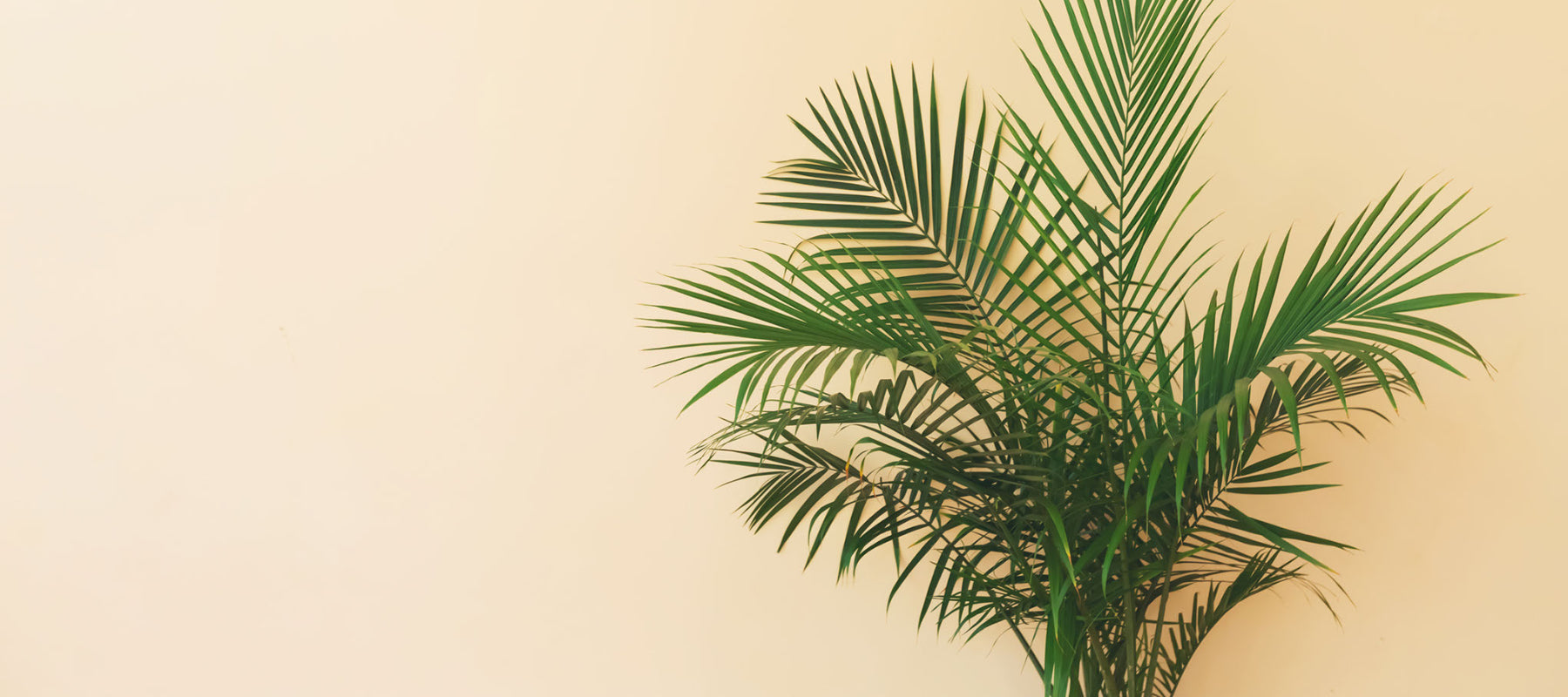Embark on a captivating journey of botanical discovery with ‘What Kind of Plant Am I?’ In this intriguing exploration, we delve into the fascinating world of plants, empowering you to unravel their secrets and unlock your inner botanist.
From deciphering the language of leaves to unraveling the intricate tapestry of plant classification, this guide will illuminate the path to identifying and understanding the diverse flora that surrounds us.
Plant Classification Systems: What Kind Of Plant Am I

Classifying plants is essential for understanding their diversity, relationships, and evolutionary history. Over the centuries, various plant classification systems have been developed, each with its own advantages and disadvantages.
Linnaean System
Developed by Carl Linnaeus in the 18th century, the Linnaean system is the most widely used plant classification system today. It is a hierarchical system that assigns plants to different taxonomic ranks, including kingdom, division, class, order, family, genus, and species.
The Linnaean system emphasizes the use of binomial nomenclature, where each species is given a two-part name consisting of the genus name and the species epithet. This system provides a standardized way of identifying and naming plants worldwide.
APG System
The Angiosperm Phylogeny Group (APG) system is a more recent classification system that focuses on the evolutionary relationships among flowering plants (angiosperms). It uses molecular data, such as DNA sequences, to construct phylogenetic trees that represent the evolutionary history of plants.
The APG system has undergone several revisions over the years, with the most recent being APG IV in 2016. It has led to significant changes in the classification of flowering plants, particularly at the family and order levels.
Advantages and Disadvantages of Different Classification Systems
Both the Linnaean and APG systems have their advantages and disadvantages. The Linnaean system is well-established and provides a stable framework for plant identification and naming. However, it is based on morphological characteristics, which may not always reflect the true evolutionary relationships among plants.
The APG system, on the other hand, is more up-to-date and reflects the latest advances in molecular biology. It provides a more accurate representation of plant evolutionary relationships, but it can also be more complex and subject to change as new data becomes available.
Plant Database Resources

Online plant databases provide a wealth of information about different plant species, from their scientific names and classification to their distribution and uses. These databases are essential tools for botanists, horticulturists, and anyone interested in learning more about the plant kingdom.
The Plant List, What kind of plant am i
The Plant List is a comprehensive database of all known plant species, including both accepted and unresolved names. It is a collaborative effort of botanists from around the world and provides access to a vast amount of taxonomic and nomenclatural information.
Kew Gardens Plant List
The Kew Gardens Plant List is a database of the plants grown at the Royal Botanic Gardens, Kew. It includes over 30,000 species and provides detailed information on their cultivation, distribution, and conservation status.
USDA Plants Database
The USDA Plants Database is a database of plants found in the United States. It provides information on their distribution, habitat, and uses. The database is maintained by the United States Department of Agriculture and is a valuable resource for anyone interested in the plants of North America.
To use these databases, simply enter the name of the plant you are interested in into the search bar. The database will then return a list of results that match your search. You can then click on the link to the plant’s page to learn more about it.
As I embark on this botanical expedition, I seek to uncover my true nature as a plant. From the vast tapestry of the plant kingdom, I stumbled upon the enigmatic pepper plant, Gilroy. Its fiery essence and robust aroma transport me to the sun-kissed hills of Bali , where this culinary gem thrives.
Its pungent leaves and plump berries hold secrets that unravel the mysteries of my botanical identity, guiding me closer to the realization of what kind of plant I truly am.
With my shallow root system, I thrive in containers that offer ample space for lateral growth. If you’re seeking inspiration for suitable plant varieties, consider exploring plants for shallow pots . Returning to my identity, I possess distinctive characteristics that set me apart from others.
My specific traits will help you identify my species and provide the necessary care to nurture my growth.
If you’re curious about the type of plant you are, you might be interested in the blue russian sage plant . This beautiful plant is known for its striking blue flowers and its ability to attract butterflies and other pollinators.
It’s a popular choice for gardeners who want to add a touch of color and beauty to their gardens. So, if you’re wondering what kind of plant you are, be sure to check out the blue russian sage plant.